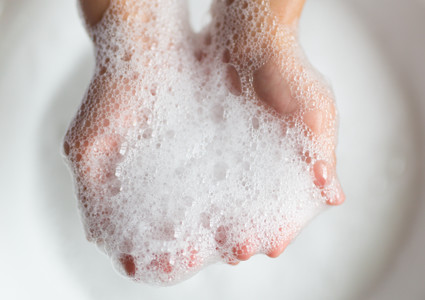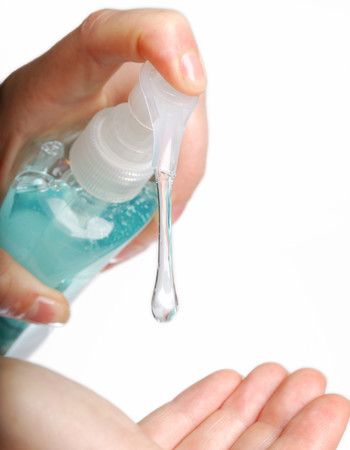




Healthy Lifestyle
Hand Hygiene: When to Wash, When to Use Sanitizer and How to Do Each Correctly
Published: Aug. 24, 2020“Wash your hands.”
You probably heard it thousands of times growing up. Adults are frequently reminded by messages in public restrooms, in office break rooms and on social media – and that was before COVID-19 upended our lives.
Simply put, cleaning your hands is one of the simplest and most effective ways you can fight COVID-19, the flu and other illnesses this fall and winter.
But are you doing it enough? Are you doing it correctly? And when it comes to killing germs, how does washing with soap and water compare with using hand sanitizer?
Take a few moments to brush up your hand hygiene know-how.
Hand Hygiene and Your Health
You may be tempted to think hand sanitizer is just as effective or better than washing your hands. Not so fast.
As a general rule, washing your hands with soap and water is your best defense against germs, according to the Centers for Disease Control and Prevention (CDC). But there are some exceptions.
Knowing when and how to use each method is important in the battle against infection. Follow the CDC guidelines below.
 How to Properly Wash Your Hands
How to Properly Wash Your Hands
- Wet your hands with clean running water and apply soap.
- Create a lather by rubbing your hands together.
- Scrub all surfaces of your hands for 20 seconds. This includes your palms, the backs of your hands, fingers, between your fingers and under your nails. Pro tip: Try singing the “Happy Birthday” song twice if you need help judging 20 seconds.
- Rinse your hands under clean running water.
- Dry your hands using a clean towel, or air dry them.
When to Wash Your Hands
- Before, during and after preparing food
- Before eating
- Before and after caring for someone who is sick
- Before and after treating a cut or wound
- Before touching your face
- After touching shared items, high-touch surfaces or objects in public
- After using the bathroom, changing diapers or cleaning up a child who has used the bathroom
- After blowing your nose, coughing or sneezing
- After touching an animal, animal food or treats, animal cages, or animal waste
- After touching garbage
- If your hands are visibly dirty or greasy
 How to Use Hand Sanitizer
How to Use Hand Sanitizer
Use an alcohol-based hand sanitizer that contains at least 60% alcohol. Don’t use sanitizers containing methanol. Supervise young children to prevent swallowing.
- Apply the sanitizer, putting enough on your hands to cover all surfaces.
- Rub your hands together until they feel dry. This should take about 20 seconds.
Note: Don’t rinse or wipe off the hand sanitizer before it’s dry; it may not work as well against germs.
When to Use Hand Sanitizer
- Before and after visiting someone in a hospital or nursing home
- In cases when handwashing is necessary but soap and water are not available, use an alcohol-based hand sanitizer and wash with soap and water as soon as you can.
Note: Don’t use hand sanitizer if your hands are visibly dirty or greasy. Wash your hands with soap and water instead.
For more on how you can stay healthy year-round, contact your Methodist Health System primary care provider.
More Resources
- Fact or fiction? Get the truth about 10 masking myths
- Methodist hospitals and clinics are ready, safe and open. Here’s what we’re doing to ensure your safety
- Follow Methodist Health System on Facebook, Instagram and Twitter


